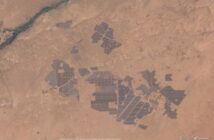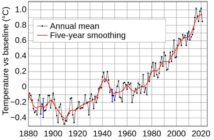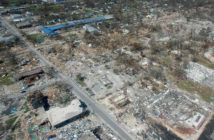Antarctica may seem like the pinnacle of untouched land, but behind its crystal glaciers and sapphire waters is a palpable vulnerability only known by its inhabitants and scientists alike.
Pollution:
Casual pollution isn’t so casual. Imagine a climate cold enough to turn water vapour into solid ice. Well, it doesn’t do that to pollution but it definitely doesn’t “dissolve” it either. Organic materials can take decades to decay given they are left in freezing temperatures.
In parts of the world with less extreme temperatures, the same materials would take months to disintegrate into the atmosphere. Outlines of footprints against delicate moss-banks are left in tact several years later, pointing to the environment’s inability to disseminate materials.
Discarded Food into Bodies of Water:
Food waste and sewage are disposed of in Antarctica’s sea by ships. Despite designated biological treatment plants that reduce impacts of raw sewage prior to discharge, chemicals are present in large numbers.
The Ross Sea region contains “flame retardant” substances known as HBCD that are found in fish and other nearby species. This level of chemical is close to those from dense regions in Europe and the US. The chemical disrupts thyroid functions, brain development, and metabolism in fish and rats.
Old scientific stations are still responsible for large amounts of metal, oil, plastics and fuels that are floating around large bodies of water. Once the station is no longer needed, buildings are generally left behind with various items. Extreme weather can carry items like oil drums for miles away from that pre-existing base. There are around 30 countries that operate more than 80 stations in Antarctica, placing large stressors on its environment.
Oil Spills from Ships:
Increased ship activity causes large-scale pollution in Antarctica because of increased risks of oil spills. Ships generally have facilities that separate oil from water, but given the increased level of activity, accidents are common. Recreational fishing is another reason for poor water conditions, as they search shallow, poorly chartered waters in pursuit of the Patagonian tooth-fish.
Consequences of Melting Polar Ice Caps
The Antarctic Peninsula has warmed 2.5 degrees Celsius since 1950. That is five times the rate of warming in comparison to the rest of the world.
Did you know? The coldest temperatures ever recorded in Antarctica was minus 89.2 degree Celsius on July 1983. The Dry Valley's of Antarctica are the driest places on Earth, with virtually no snow or ice. Antarctica is the windiest place on Earth. Winds can gust as fast as 200/mph. Antarctica is home to 70% of the world's fresh water supply. There are no indigenous populations of people on the continent. Most of Antarctica is in darkness during the winter months. The most abundant animal is the nematode. There are more penguins than people in certain areas of Antarctica.




